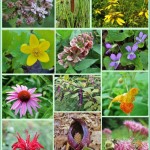
Garden with these native plants for food and medicine, to provide for both humans and wildlife alike. Edibility, medicinal uses, and wildlife value are summarized for each plant. Great for a permaculture garden!
Continue reading
Garden with these native plants for food and medicine, to provide for both humans and wildlife alike. Edibility, medicinal uses, and wildlife value are summarized for each plant. Great for a permaculture garden!
Continue reading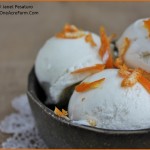
Identification, traditional uses, and an excellent spicebush ice cream recipe are featured in this introduction to foraging for spicebush, Lindera benzoin.
Continue reading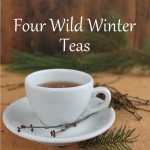
Make wild winter teas with birch twigs, white spruce needles, white pine needles, and spicebush twigs! All offer health benefits, great flavor, or both. Also, try a wild wintergreen chocolate drink. No need to stop foraging in winter!
Continue reading
An invasive plant becomes a delicious jam. This autumn olive jam is made the old fashioned way, so it doesn’t separate. It’s thick, substantial, deliciously sweet-tart, and laden with health promoting anti-oxidants,
Continue reading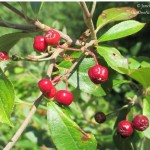
Learn about identification, health benefits, and uses of chokeBerry, one of the less well known edible wild plants, in Foraging Aronia Berries. You will also learn not to confuse it with the better known chokeCHerry.
Continue reading
Great flavor from wild elderberries, and natural pectin from slightly under-ripe apples, blend perfectly in this old fashioned Seedless Elderberry Apple Jam. Delicious on toast, in pbj sandwiches, and mixed with plain yogurt. Try this one. It’s a winner.
Continue reading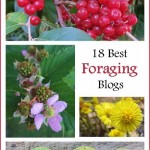
These 18 Best Foraging Blogs are a great resource, whether edible wild plants are food, medicine, or a curiosity for you. Blog authors are scientists, naturalists, chefs, homesteaders, and herbalists. Each is profiled to help you find what you need.
Continue reading
Why not turn an invasive plant into an elegant dessert? This sumptuous pie starts with a nutty, no-bake graham cracker crust. It’s layered with a thick, sweet-tart autumnberry sauce made from the berries of the invasive shrub, autumn olive. Then … Continue reading
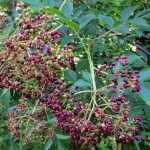
The American elderberry, Sambucus canadensis, also called common elderberry or wild elder, is native to eastern North America. It is sometimes considered to be the same species as Sambucus nigra, the European elderberry or black elderberry. The two are at … Continue reading
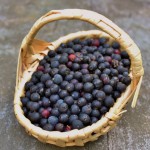
Black huckleberries (Gaylussacia baccata) are a favorite wild edible because they are easy to find and identify, and tasty enough to eat by the handful. They taste similar to their wild blueberry cousins (Vaccinium spp.), but the larger seeds of … Continue reading